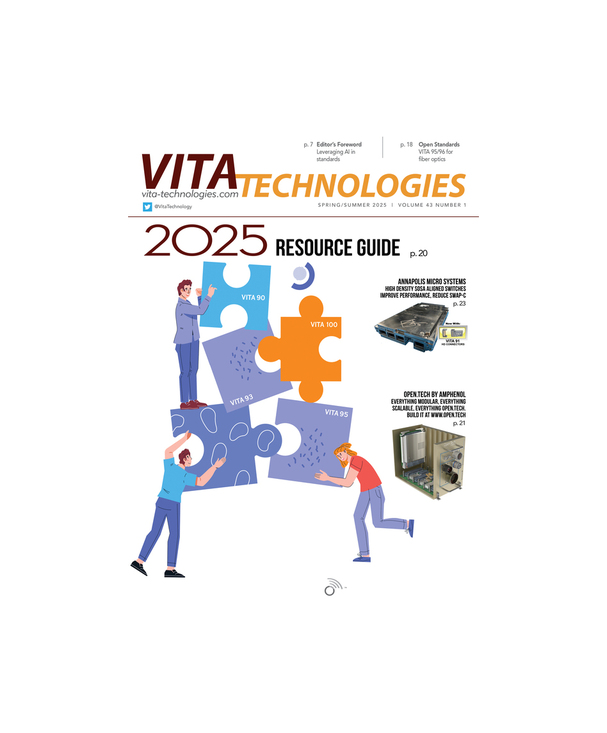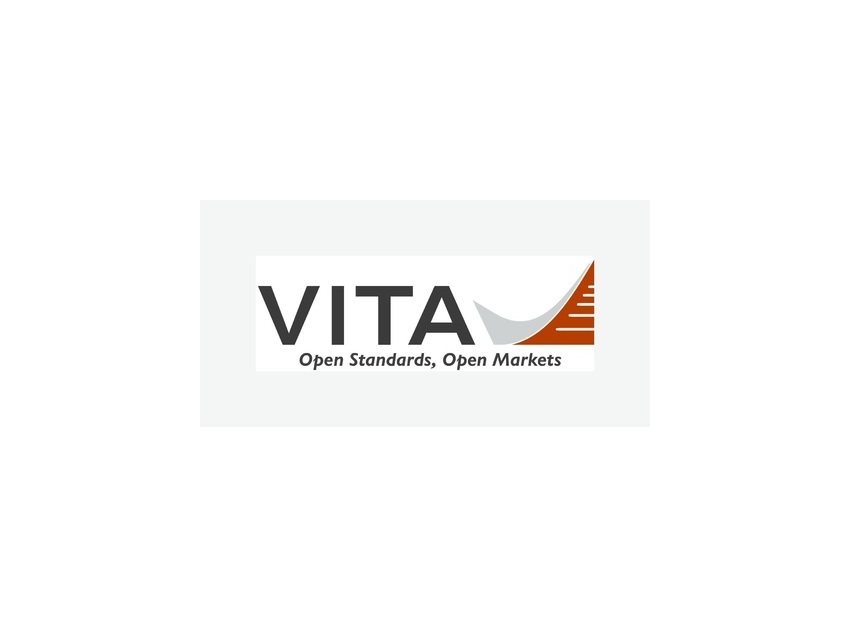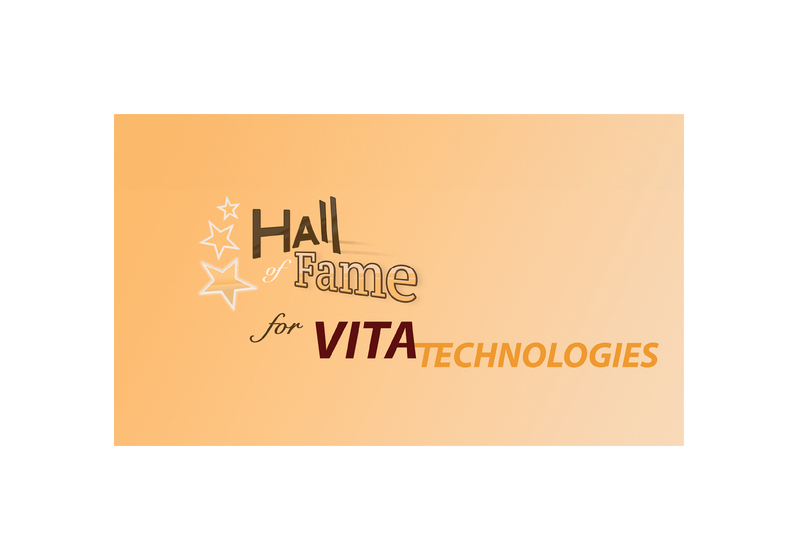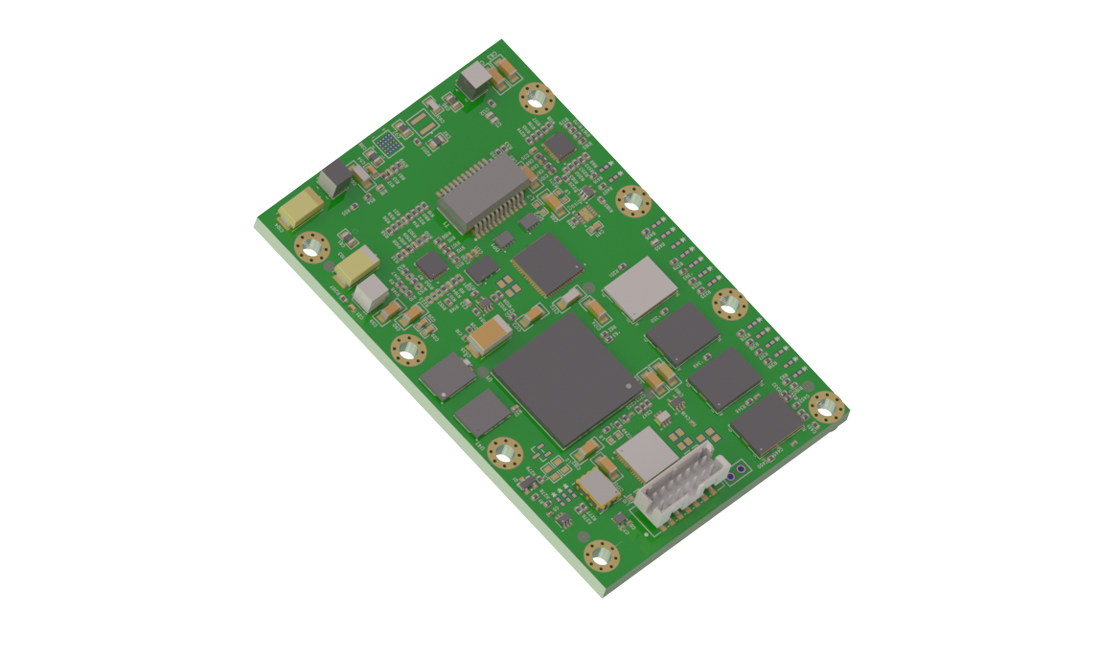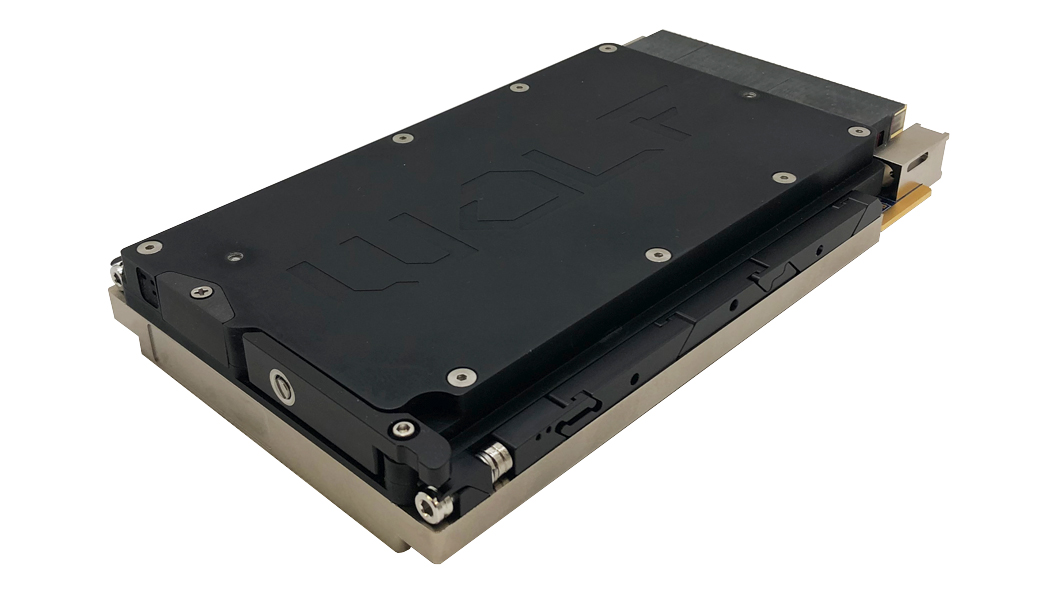The Sensor Open Systems Architecture (SOSA) Consortium was formed under The Open Group in 2017 to enable government and industry to collaboratively develop open standards and best practices to enable, enhance and accelerate the deployment of affordable, capable, interoperable sensor systems. Since then, SOSA has been working diligently on getting their first standard released. This milestone was reached on September 30 with the release of SOSA Technical Reference Standard (TRS), Edition 1.0. (Figure 1.)
|
|
Reaching this milestone is a huge achievement, as the challenge of pulling together such a diverse ecosystem to focus on the development of modular open systems approach (MOSA) standard is immense. A MOSA solution has been a goal for over thirty years with this being the first true collaborative effort of this magnitude to reach this milestone.
Many companies had to work together to complete the technical reference standard, companies with many diverse goals. The suppliers to the ecosystem wished to keep their own distinctive competencies in play. The various defense programs all had their own requirements, many overlapping but just as many that did not. To bring all this together required leadership that could ride herd on the effort. Many U.S. Department of Defense (DoD) leaders – Army, Navy, Air Force, and other services – expressed their strong desire to see the MOSA solution succeed. This helped fuel the fire to keep the work moving forward.
SOSA emerged and work started after HOST [Hardware Open Systems Technologies], CMOSS [C5ISR/EW Modular Open Suite of Standards], and other initiatives realized that they had common goals and that by working together they could go further. Special recognition goes to Mike Hackert (NAVAIR/HOST) and Jason Dirner (CERDEC/CMOSS) for their inspiration and dedication to championing their respective teams’ efforts. Additionally, the SOSA steering committee united to recruit key contributors and set obtainable goals. But the real “cat whisperer” herding the cats was Dr. Ilya Lipkin from the Air Force Life Cycle Management Center (AFLCMC), who tirelessly pushed all the right buttons to keep everyone on track during this grueling process. His persistence and leadership were the incentive that made it possible to reach this milestone. Dr. Lipkin acknowledges that much more work is ahead. He has challenged the ecosystem to keep driving forward to meet future performance and capability needs.
At Embedded Tech Trends 2021, Dr. Lipkin pointed out that current connector interfaces used in VPX have been around for a relatively long time, while realizing evolutionary signaling rate and ruggedness improvements over time. He pointed out that through SOSA activities it became apparent a new, more capable, connector will be needed in the coming years. Connector technology needs to provide more contacts, both copper and fiber, that can be used for digital and RF connections. More bandwidth, better interoperability, and room to grow also top the list of requirements.
Dr. Lipkin ended his presentation with the question; “Is the time right for optical backplanes?” He is asking if optical for high-bandwidth data transfers with other signals over copper is the next step. He left the VITA community with the challenge: Develop next-generation VITA connectors in four years or less. The clock is ticking!
VITA members are very excited to see this milestone reached. The TRS references very heavily into several VITA standards including OpenVPX (VITA 65) and VRT (VITA 49). VITA looks forward to meeting Dr. Lipkin’s challenge and expanding the adoption of MOSA.



